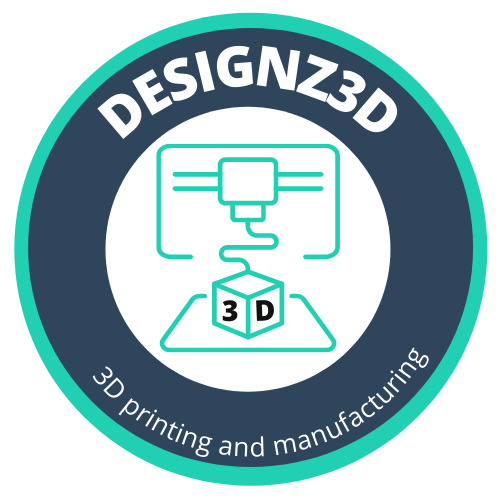
In recent years, the landscape of education has undergone a remarkable transformation, driven by advancements in technology and a growing emphasis on STEM (Science, Technology, Engineering, and Mathematics) education. Among the myriad tools and technologies reshaping the educational experience, 3D printing has emerged as a key player, revolutionizing the way students learn and engage with STEM subjects. In this blog post, we'll explore the profound impact of 3D printing on STEM education and how it is shaping the innovators and problem solvers of tomorrow.
Hands-On Learning in the Digital Age
One of the most significant benefits of integrating 3D printing into STEM education is its ability to facilitate hands-on, experiential learning. Traditional teaching methods often rely on textbooks and lectures to convey abstract concepts, leaving students disconnected from real-world applications. However, 3D printing bridges this gap by enabling students to create tangible, physical representations of complex ideas. Whether it's modeling molecular structures in chemistry, exploring geometric shapes in mathematics, or designing mechanical prototypes in engineering, 3D printing empowers students to interact with concepts in a meaningful and tactile way, fostering deeper understanding and retention.
Fostering Creativity and Innovation
At the heart of STEM education lies the cultivation of creativity and innovation. 3D printing provides students with a blank canvas to unleash their imagination and turn ideas into reality. By allowing students to design and fabricate their own prototypes, inventions, and solutions, 3D printing encourages them to think critically, solve problems, and iterate on designs—a process that mirrors the iterative nature of scientific inquiry and engineering design. Whether it's building a model of a sustainable city, constructing a functioning robot, or prototyping a new product, 3D printing empowers students to explore, experiment, and innovate in ways previously unimaginable.
Bridging Theory and Practice
In traditional education settings, there can sometimes be a disconnect between theoretical concepts taught in the classroom and their real-world applications. 3D printing bridges this gap by providing a tangible link between theory and practice. By allowing students to design and manufacture physical objects, 3D printing contextualizes abstract concepts within concrete, real-world contexts. This not only enhances comprehension but also instills a sense of purpose and relevance in learning—a crucial factor in motivating and engaging students in STEM subjects.
Promoting Equity and Inclusion
Another compelling aspect of 3D printing in STEM education is its potential to promote equity and inclusion. By providing access to affordable, user-friendly 3D printing technology, schools can level the playing field and ensure that all students, regardless of background or socioeconomic status, have the opportunity to engage in hands-on, experiential learning. Additionally, 3D printing allows for personalized learning experiences, catering to diverse learning styles and abilities. Whether it's adapting curriculum materials for students with disabilities or providing enrichment opportunities for gifted learners, 3D printing enables educators to tailor instruction to meet the unique needs of every student.
Preparing Future Innovators
In an increasingly complex and interconnected world, the demand for skilled STEM professionals has never been greater. By integrating 3D printing into STEM education, we are not only preparing students for the jobs of tomorrow but also nurturing the next generation of innovators, problem solvers, and change agents. Whether it's sparking a lifelong passion for science and engineering or equipping students with the skills and mindset to tackle global challenges, 3D printing is shaping the future of education—and the future looks brighter than ever.
In conclusion, 3D printing is not just a tool; it's a catalyst for transformation in STEM education. By fostering hands-on learning, promoting creativity and innovation, bridging theory and practice, and promoting equity and inclusion, 3D printing is empowering students to become active participants in their own learning journey and preparing them to thrive in the 21st-century workforce. As we continue to harness the power of 3D printing in education, the possibilities are limitless—and the future is full of promise.
